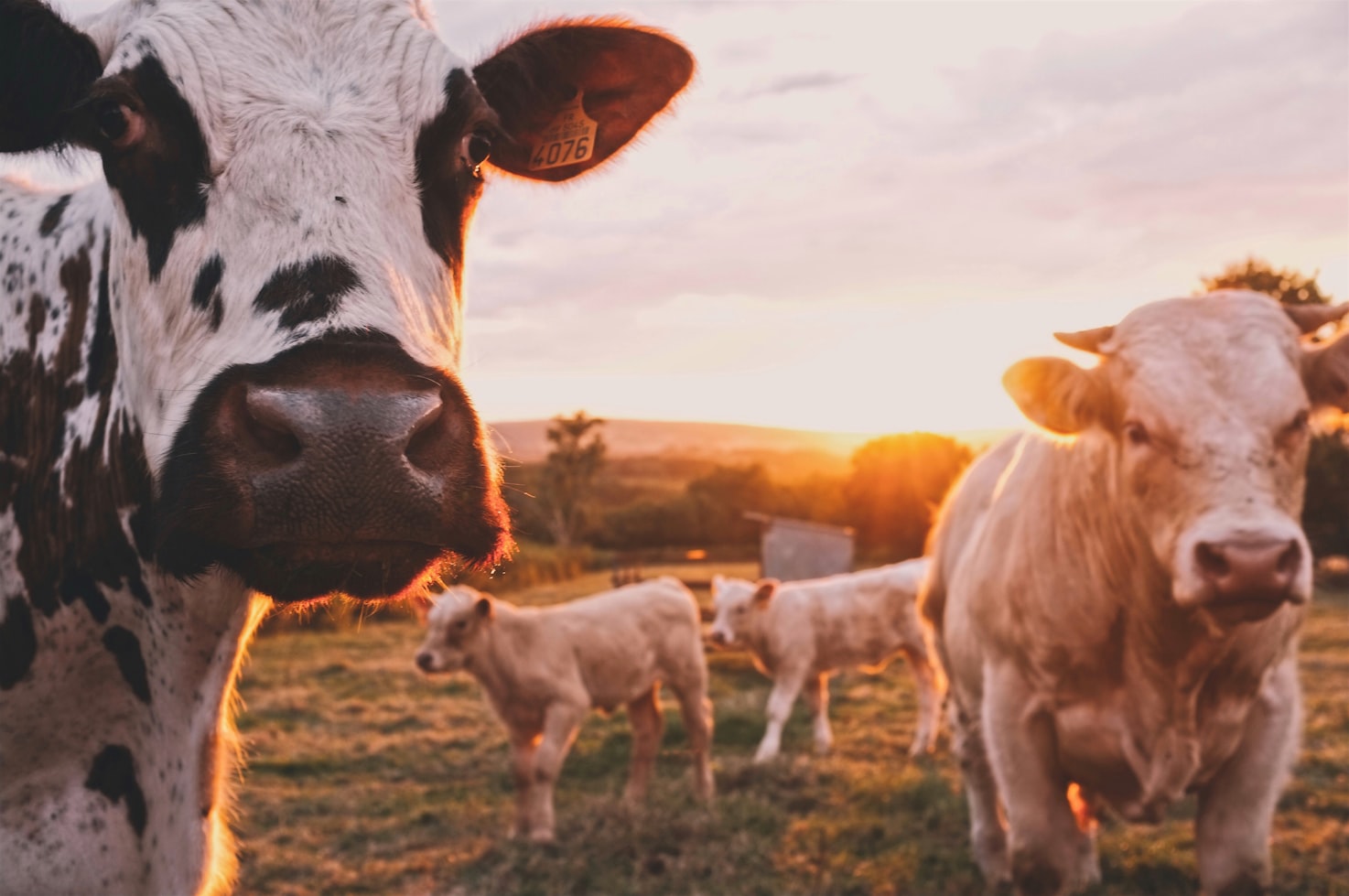The Invisible Biologists
How Tiny Sensors Decode Animal Secrets in Real Time
Article Navigation
The Silent Language of Behavior

In the rolling pastures and dense African bush, a revolution is quietly unfolding. Scientists are transforming how we understand animal lives by turning behaviors—grazing, walking, resting—into decipherable digital data. For decades, studying animal behavior meant grueling hours of direct observation or reviewing grainy footage.
Today, accelerometers smaller than a thumbnail, attached to collars or horns, stream 3D movement data to AI algorithms that classify behaviors in real time 1 3 . This isn't just academic curiosity; it's a lifeline for endangered species like the black rhino (fewer than 4,500 remain) and a productivity booster for livestock farming 2 8 .
The Algorithmic Zoo: How Machines Learn Animal Moves
From Raw Data to Behavior
Attached to a sheep's neck or a rhino's ankle, triaxial accelerometers capture movement 20–100 times per second. Each axis (X, Y, Z) records gravitational and motion forces, creating unique "signatures" for every behavior 1 3 .
Key challenge: Distinguishing subtly different acts. Rhino walking vs. grazing generates similar acceleration magnitudes but different rhythmic patterns. Early systems relied on threshold-based rules ("if acceleration > 1.5g, classify as running"), but machine learning now handles complex nuances 1 9 .
| Algorithm | Accuracy (Sheep) | Accuracy (Rhino) | Best For |
|---|---|---|---|
| Linear Discriminant | 82.40% | 96.10% | Basic posture (lying/standing) |
| Random Forest | 95% (F-score) | N/A | Grazing detection |
| Stacking Model | 87.80% | N/A | Multi-behavior classification |
| LSTM Neural Network | 88.0% | N/A | Compound behaviors |
The Deep Learning Leap
Recent breakthroughs use models like Long Short-Term Memory (LSTM) networks to process behavior sequences. Unlike traditional methods, LSTMs recognize that "grazing" often follows "walking" and rarely transitions abruptly to "running." This contextual awareness boosted accuracy to 88% for complex sheep behaviors like "walking while grazing" 5 .

Inside the Landmark Experiment: Real-Time Classification on the Animal
Methodology: Engineering the "Black Box"
A pivotal 2017 study tested whether behavior classification could occur on the animal, eliminating data transmission bottlenecks 1 .
Hardware setup:
- Custom biotelemetry tags were designed for sheep (281g neck collars) and rhinos (371g leg bracelets).
- Sensors: ADXL345 accelerometers sampled movement at 100 Hz (sheep) and 40 Hz (rhinos).
- Processing: Ultra-low-power microcontrollers (MSP430FR5739) ran classification algorithms.
- Storage: Ferroelectric RAM preserved data during power dips 1 .
Software workflow:
- Raw accelerometer data split into 5.3s (sheep) or 6.5s (rhino) epochs.
- 27 features extracted per epoch (e.g., variance, signal magnitude area).
- Linear Discriminant Analysis model classified behaviors on-device.
- Results transmitted via low-bandwidth radio (433 MHz) 1 .
Results: Breaking the Bandwidth Barrier
The system achieved 82.40% accuracy for five sheep behaviors (standing, walking, grazing, running, lying) and 96.10% for three rhino behaviors (standing, walking, lying). Crucially, transmitting "behavior codes" instead of raw data slashed bandwidth needs by 98% 1 .
| Metric | Sheep | Rhino |
|---|---|---|
| Sampling Rate | 100 Hz | 40 Hz |
| Epoch Length | 5.3 sec | 6.5 sec |
| Behaviors Classified | 5 | 3 |
| Overall Accuracy | 82.40% | 96.10% |
| Inference Time per Epoch | <1 ms | <1 ms |
Guardians of the Wild: Rhino Tech Evolution
Rhinos posed unique challenges. Early VHF collars caused neck lesions or fell off. Anklets often shattered against rocks. The breakthrough? Horn-embedded IoT devices:
- Size: Thumb-sized GPS trackers.
- Insertion: Drilled into keratin during 10-minute sedation (blindfold/earplugs reduced stress).
- Advantage: Naturally shed in 18–24 months; no recapture needed 2 4 .
Conservation impact:

The Grazing Game-Changer: Sheep as Data Pioneers

In pastures, behavior tech is transforming livestock management. A 2022 study used jaw-mounted sensors to link grazing time to sward height:
- Sheep on short grass (2–3 cm) walked longest, seeking forage.
- Medium grass (5–6 cm) boosted grazing by 25%.
- Tall grass (8–10 cm) saw 40% more resting 3 .
Gyroscopes added precision: Detecting head angles differentiated "grazing" (head down) from "standing" (head up), raising accuracy to 87.8% when combined with accelerometers 3 .

Short Grass (2-3cm)

Medium Grass (5-6cm)

Tall Grass (8-10cm)
The Future: AI, Ethics, and Uncharted Frontiers
Next-gen innovations:
- DeepEthoProfile: A neural network analyzing 2,000 video frames/sec to classify behavior without sensors, ideal for captive studies .
- Unsupervised learning: Algorithms like B-SOiD discover novel behaviors without human labels, revealing hidden patterns 6 .
Ethical priorities:
"The goal isn't surveillance—it's understanding. When we speak the language of behavior, we build a world where sheep thrive in pastures, and rhinos roam beyond poachers' reach."

For more on animal tracking tech, explore ZSL's rhino work 4 or the WWF Black Rhino Range Expansion Project 8 .